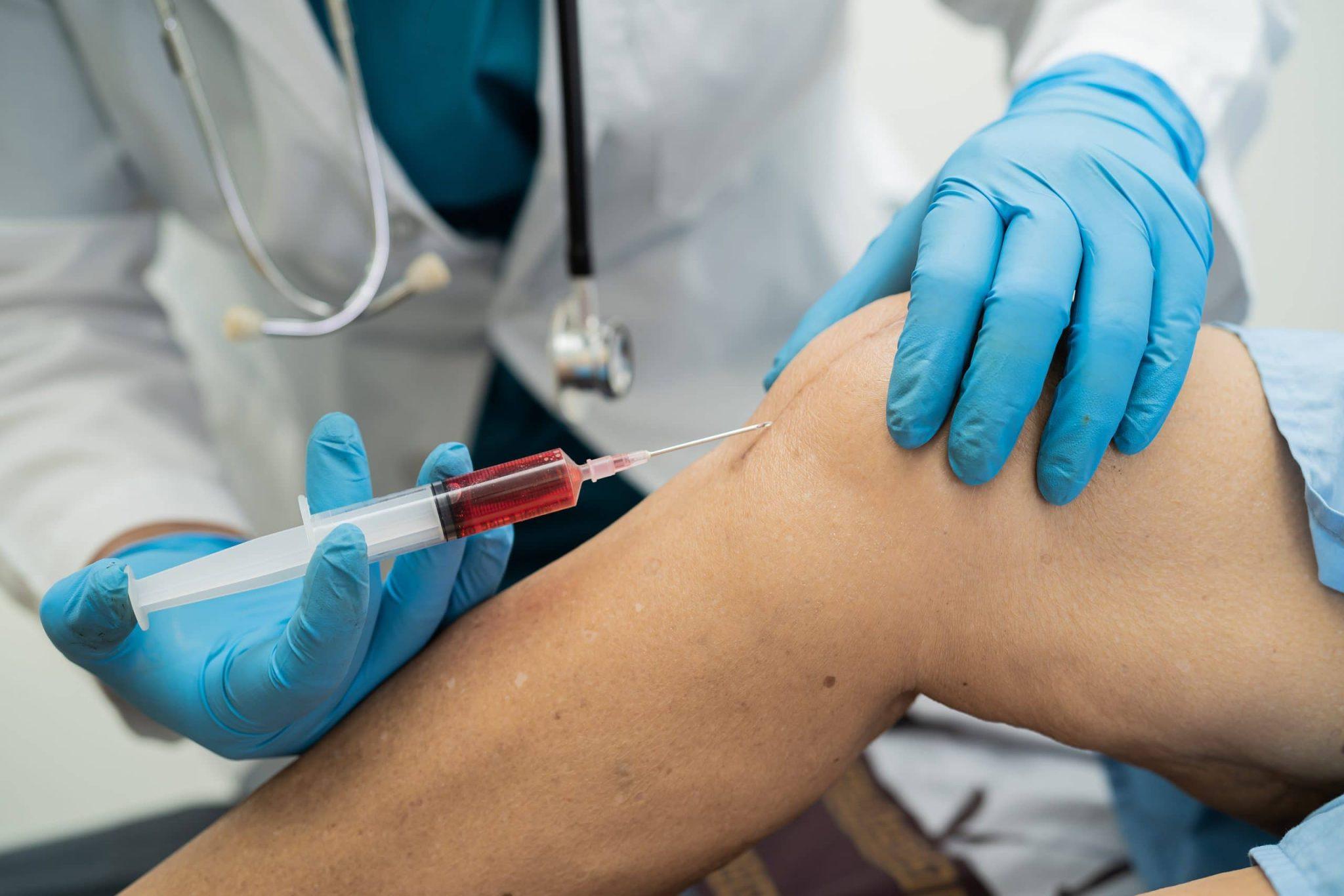Knee pain is one of the most common musculoskeletal problems affecting people of all ages. Whether caused by osteoarthritis, sports injuries, aging, or everyday wear and tear, discomfort in the knee can significantly impact movement and quality of life. For those seeking long-lasting relief without surgery, knee injections have become one of the most effective and widely recommended treatment options. These minimally invasive therapies help reduce inflammation, improve mobility, and support natural healing, allowing individuals to return to their daily activities with greater comfort and confidence.
Understanding Why Knee Pain Occurs
The knee is a complex joint made up of bones, cartilage, ligaments, tendons, and fluid-filled spaces. This structure makes it strong and flexible, but also vulnerable to injury and degeneration. Common causes of knee pain include:
-
Osteoarthritis
-
Sports injuries (such as ligaments or meniscus tears)
-
Overuse or repetitive strain
-
Age-related wear
-
Obesity, which increases pressure on the joint
-
Inflammation from autoimmune conditions
Pain may be sharp, dull, persistent, or intermittent. Stiffness, swelling, and limited movement often follow, making routine activities like climbing stairs, walking, or kneeling more difficult.
What Are Knee Injections?
Knee injections are treatments in which medication is delivered directly into the knee joint. These injections target inflammation, lubricate the joint, or support healing depending on the type used. They are typically recommended when oral medications, physical therapy, or lifestyle changes fail to relieve symptoms.
Doctors use precise techniques — often guided by ultrasound — to ensure the medication reaches the exact area where relief is needed. Because the treatment is localized, it delivers stronger, faster results than many other non-surgical options.
Types of Knee Injections
Corticosteroid Injections
Corticosteroids are powerful anti-inflammatory medications that reduce swelling and pain. They offer fast relief, often within a few days, making them ideal for flare-ups. Effects can last from several weeks to a few months.
Hyaluronic Acid (Gel) Injections
Also known as viscosupplementation, these injections provide a gel-like substance that lubricates the knee joint. They improve mobility and reduce friction, especially for people with osteoarthritis.
Platelet-Rich Plasma (PRP)
PRP uses the body's own healing cells to repair damaged tissues. The patient's blood is processed to concentrate platelets, which are then injected into the knee to stimulate healing and reduce pain.
Stem Cell Therapy
This regenerative treatment uses cells capable of repairing damaged cartilage and reducing inflammation. It offers potential long-term benefits for people with chronic knee conditions.
Local Anesthetic Injections
Often combined with other medications, anesthetics provide immediate pain relief during flare-ups or diagnostic evaluations.
Benefits of Knee Injections
Targeted Pain Relief
Because the medication is injected directly where pain originates, the results are more effective than oral medications.
Reduced Inflammation
Inflammation is a major cause of knee pain. Many injections work by calming inflamed tissues, restoring comfort and flexibility.
Improved Mobility
Less pain means better movement. Many patients notice they can walk, bend, and climb more easily within days.
Non-Surgical Option
For people trying to avoid or delay knee surgery, knee injections offer a reliable alternative.
Support for Natural Healing
Regenerative treatments like PRP and stem cell therapy help rebuild tissues, offering long-term improvements.
Who Should Consider These Injections?
These treatments are suitable for individuals who:
-
Experience chronic knee pain
-
Have osteoarthritis or cartilage wear
-
Struggle with swelling, stiffness, or restricted mobility
-
Are not finding relief through physical therapy or medications
-
Prefer non-surgical treatment options
Athletes, seniors, and active adults often benefit the most.
What to Expect During the Procedure
The process is quick and generally well-tolerated:
The knee is cleaned to prevent infection.
A numbing agent may be applied to reduce discomfort.
The doctor inserts a thin needle into the joint space.
Medication is injected slowly and precisely.
Most appointments take less than 15 minutes. Patients can usually walk immediately afterwards, although high-impact activities are avoided for 24–48 hours.
Aftercare and Recovery
Recovery is simple. Patients may experience mild soreness, which usually fades within a day. To maximize results:
-
Apply ice to reduce tenderness
-
Avoid heavy exercise temporarily
-
Follow strengthening exercises recommended by a therapist
-
Maintain a healthy weight to reduce knee pressure
Depending on the type of injection, improvement may be immediate or gradual.
How Long Do Results Last?
Duration varies:
-
Corticosteroids: weeks to several months
-
Hyaluronic acid: 6 months or more
-
PRP: long-term relief, often lasting a year or longer
-
Stem cell therapy: potentially long-lasting improvements
For chronic conditions, multiple sessions may be recommended.
Possible Side Effects
Most patients tolerate the procedure well. Minor side effects may include:
-
Mild swelling
-
Temporary warmth or redness
-
Soreness at the injection site
Severe side effects are rare, especially when performed by an experienced professional.
Combining Injections With Other Treatments
To achieve maximum relief and maintain long-term joint health, injections are often combined with:
-
Physical therapy
-
Low-impact exercise like swimming or cycling
-
Weight management
-
Anti-inflammatory diets
-
Supportive footwear
-
Heat and cold therapy
This comprehensive approach strengthens the muscles around the knee while protecting the joint.
When Is Surgery Needed?
In some cases, injections are not enough. Surgery may be recommended when:
-
Pain persists despite multiple treatments
-
Severe cartilage damage limits movement
-
Joint deformities develop
-
The knee becomes unstable
Even then, injections can help delay surgery or support recovery afterward.
Conclusion
For individuals struggling with chronic knee pain, limited mobility, or inflammation, knee injections offer a safe, effective, and minimally invasive solution. By delivering relief targeted directly into the joint, these treatments help reduce discomfort, restore movement, and support long-term joint health. Whether using corticosteroid injections for quick relief or regenerative therapies like PRP for long-lasting healing, these options provide meaningful improvement without the need for surgery. With the right treatment plan and proper guidance, patients can regain comfort, confidence, and the ability to enjoy their daily activities once again.



